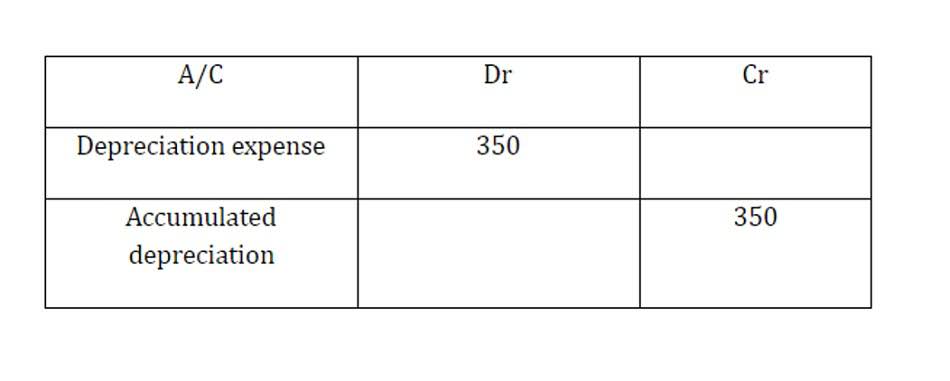Physical Address
304 North Cardinal St.
Dorchester Center, MA 02124
Physical Address
304 North Cardinal St.
Dorchester Center, MA 02124

If your warehouse processes are not efficient, it can lead to delays in order fulfillment and increased holding costs. For example, if your team can’t find products quickly, it can result in overstocking some items and understocking others. The inventory turnover ratio measures how often you sell and replace your inventory over a period of time. Knowing this will give you insight into your inventory management and supply chain. This could be due to overstocking, poor demand forecasting, or low demand for the product.
It also allows you to make decisions on which products to focus and invest for future growth. It all depends on your individual business and the sorts of products you sell. A large business that does millions of dollars in sales will naturally have a much higher number than a one-person operation. Whether your turnover retained earnings balance sheet is too low (and costing you in holding fees) or too high (and risking stockouts), the goal is balance. At first glance, high inventory turnover is a good thing, as it shows you don’t leave stock hanging around in your store for too long. Errors in stock records can result from unrecorded damages, misplaced inventory, or outdated tracking methods.
Increasing your sales volume is another key component of improving your inventory turnover. Focus on attracting more customers through marketing strategies that resonate with your target audience. There are different steps you can conduct in order to bring your calculation using the inventory turnover ratio formula in order to bring the results close to your ideal inventory turnover ratio. Next, you need to calculate your average inventory value for the same period. To do this, take the sum of your beginning and ending inventory values and divide it by two. Average inventory is a measure that will tell you the average value of all the products you had in stock during the period.

Your company’s turnover ratio directly impacts liquidity and profitability. If you have higher turnover, you’ll have more cash to reinvest back into the company. Regularly tracking your turnover against industry benchmarks ensures that inventory remains in the perfect balance.
For example, a clothing retailer company’s turnover can be 5 to 8, whereas an automotive parts company may have how to calculate inventory turnover ratio an inventory turnover of 45 to 50. Businesses can employ several strategies and practices to enhance their inventory turnover ratio, which is crucial for maintaining competitiveness and profitability. These scenarios can lead to increased carrying costs and potentially obsolete inventory, directly impacting a company’s profitability and operational fluidity.
Colgate’s inventory consists of three types of Inventory – raw material and https://www.bookstime.com/ supplies, work in progress, and finished goods. This means that Donny only sold roughly a third of its inventory during the year. It also implies that it would take Donny approximately 3 years to sell his entire inventory or complete one turn. There’s no one-size-fits-all number, but many retail businesses aim for a ratio between 4 and 6. What matters most is consistency and alignment with your business goals. With OrderEase, you empower your inventory and finance teams with the insights they need to make smarter purchasing and stocking decisions.

Industries that deal with expensive or highly specialized products often maintain a naturally low turnover ratio. Aerospace manufacturers, for example, may only turn over inventory once every few years, yet their stock is still considered well-managed. For companies relying on complex supply chains, stronger collaboration with suppliers can prevent over-ordering while ensuring parts or products arrive when needed. If your inventory is moving slowly, strategic promotions can accelerate turnover. Discounts, limited-time offers, and targeted campaigns help create a sense of urgency for customers. Industries that deal with perishable or short-lifecycle products must maintain a high turnover rate to avoid spoilage or expiration.


The retail automation market is projected to reach $33 billion by 2030. Access and download collection of free Templates to help power your productivity and performance. Smartsheet provides a better way to unify collaboration and automate workflows so you can spend more time on the work that matters. At the other end of the spectrum, large durable goods tend to move slowly.
It’s calculated by dividing the cost of goods sold (COGS) by average inventory. To gain a deeper understanding of how inventory turnover ratio works in real-world scenarios, let’s explore some examples across different industries. These examples illustrate how businesses can leverage inventory turnover ratio to inform decision-making, optimize inventory management, and drive operational efficiency. Conversely, a low turnover ratio may indicate inefficiencies in inventory management, such as overstocking, inaccurate demand forecasting, or slow-moving inventory. Identifying and addressing these inefficiencies can help optimize inventory turnover and improve overall operational efficiency.